The Motorcycle That Rode the Tsunami
A Harley, washed out to sea, traveled more than 4,000 miles to its current home
In April 2012, a beachcomber in Canada made a surprising discovery. Peter Mark was exploring the coast of isolated Graham Island in British Columbia when he stumbled upon a large storage container on the beach. Inside sat a broken, rusted 2004 Harley-Davidson Night Train motorcycle with Japanese license plates.
At the same time across Canada’s western shore, debris was quietly washing up on beaches, marked with Japanese phrases and identifiers. The objects had washed out to sea more than a year earlier during the devastating tsunami that hit the Miyagi Prefecture and other parts of Japan’s northern coast on March 11, 2011. More than 15,000 people lost their lives in that tsunami, and the Japanese government estimates that about 20 million tons of refuse and personal property were pulled out to sea.
Tucked into a storage container that survived the unthinkable, the Harley lived through the 4,000-plus mile journey across the Pacific because the container was insulated, making it buoyant. It floated from Miyagi Prefecture, was carried by the Kuroshio Current, pushed by the Oyashio Current, grabbed by the West Wind Drift, and swept onto the Canadian coast by the Alaska Current.
“It ended up floating across the Pacific Ocean for over a year before the container washed up on Graham Island,” Kristen Jones, the primary curator at the Harley-Davidson Museum in Milwaukee who worked on the exhibit where the motorcycle now lives, told Smithsonian.com.
Three weeks after his initial visit to the beach, Mark returned to collect the bike—but the shipping container was gone. All that remained was the Harley itself, half buried in the sand, suffering the corrosion of the tide’s ebb and flow.
Thanks to a still-intact VIN on the motorcycle, Harley-Davidson staff were able to track down the bike’s original owner, Ikuo Yokoyama. The company initially offered to restore the bike for Yokoyama, but quickly discovered that 99.9 percent of it would need to be replaced. Instead, they offered him a brand new motorcycle to replace the one he’d lost. According to the museum, Yokoyama respectfully declined the gift, saying that he didn’t want to be a “tall blade of grass among a shorter lawn.” Yokoyama didn’t feel right accepting.
"[He told us,] 'Why should he have something when so many people lost so much?'" explains Jones. "He lost pretty much everything, too; members of his family, all of his possessions. But he felt humbled and didn’t want to be treated specially."
Instead, Yokoyama requested the bike be displayed in a place of prominence at the museum as remembrance of their lives and the 2011 tragedy.
“Objects communicate things that sometimes words don’t do justice for,” Jones said. “When you look at this motorcycle, you see the enormity of the tragedy that occurred. To see something like that bearing the scars of the forces of nature, I think it becomes very real to people what happened in Japan.”
The motorcycle is now part of the museum’s permanent display—a rusty tribute to the still-fresh wounds of the disaster that rocked a nation.
Planning Your Next Trip?
Explore great travel deals
Smithsonian magazine participates in affiliate link advertising programs. If you purchase an item through these links, we receive a commission.
/https://tf-cmsv2-smithsonianmag-media.s3.amazonaws.com/accounts/headshot/JenniferBillock.png)
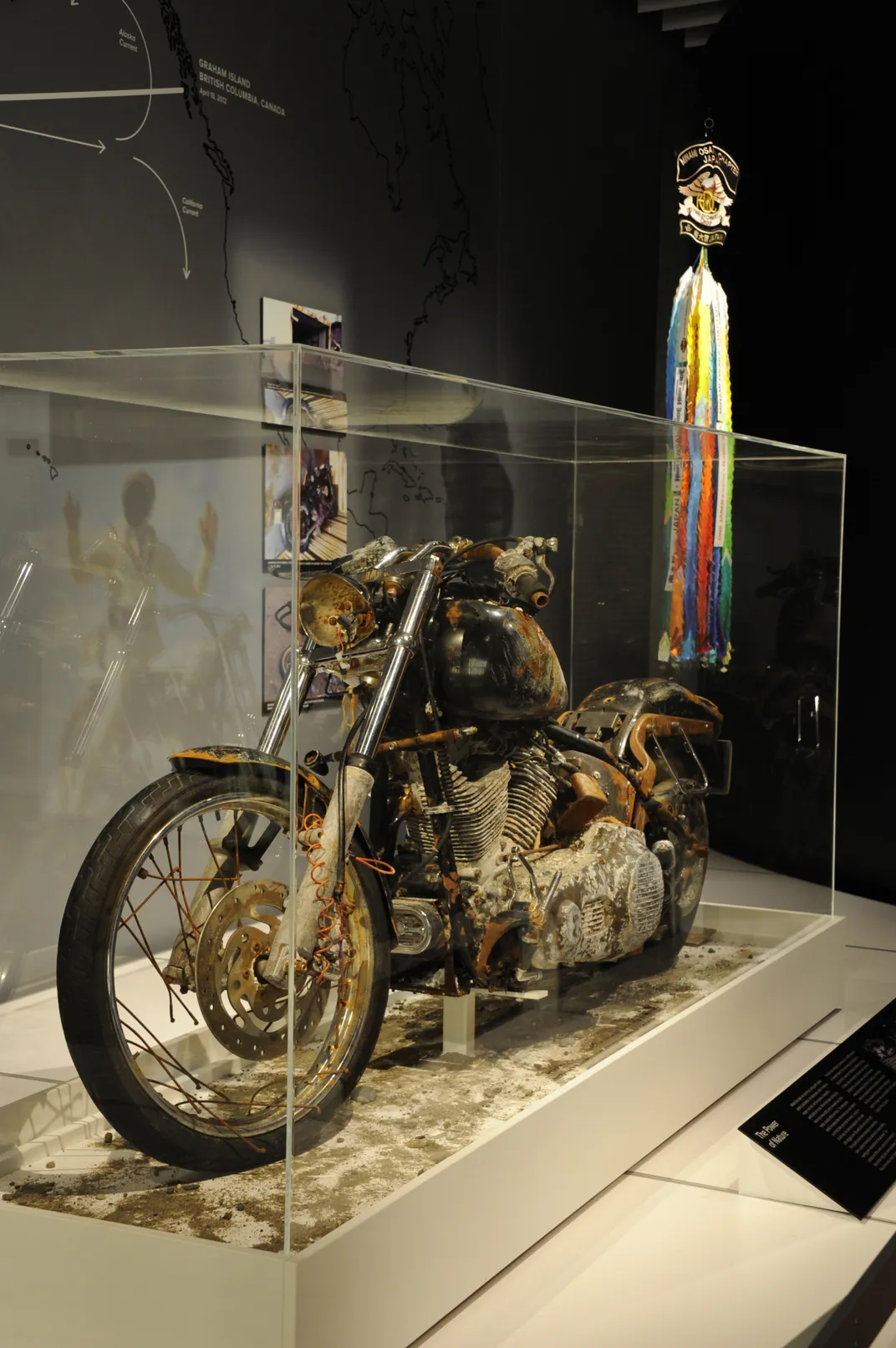
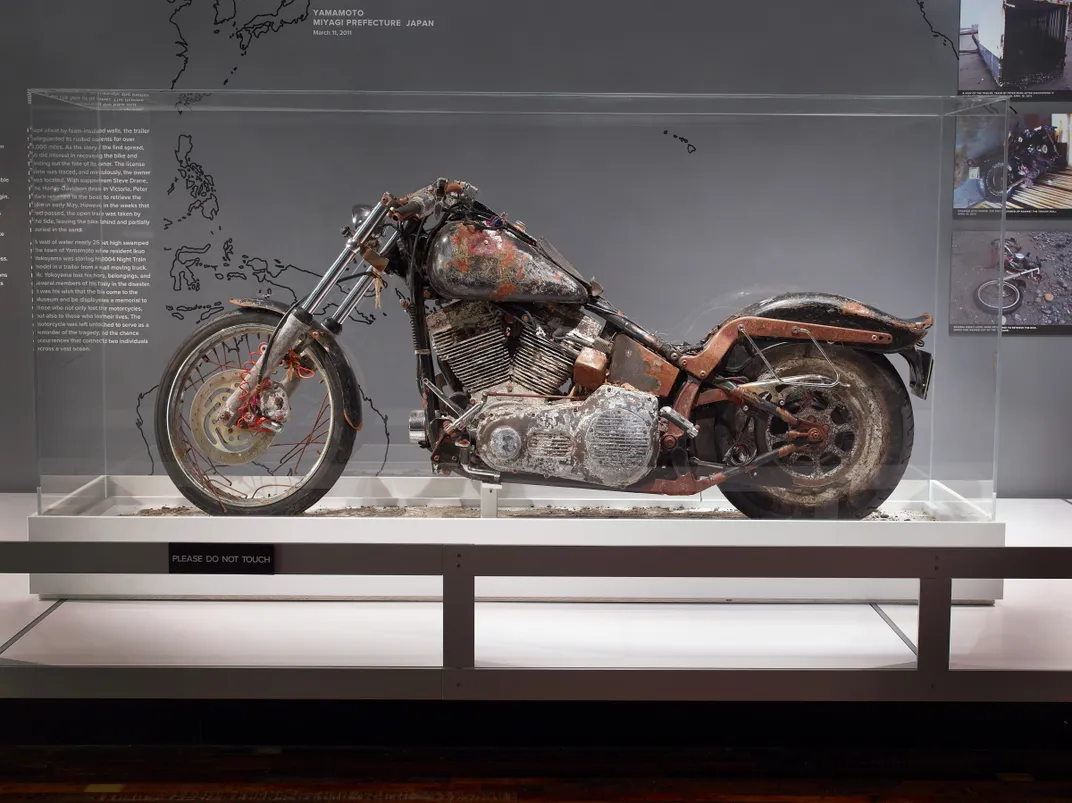
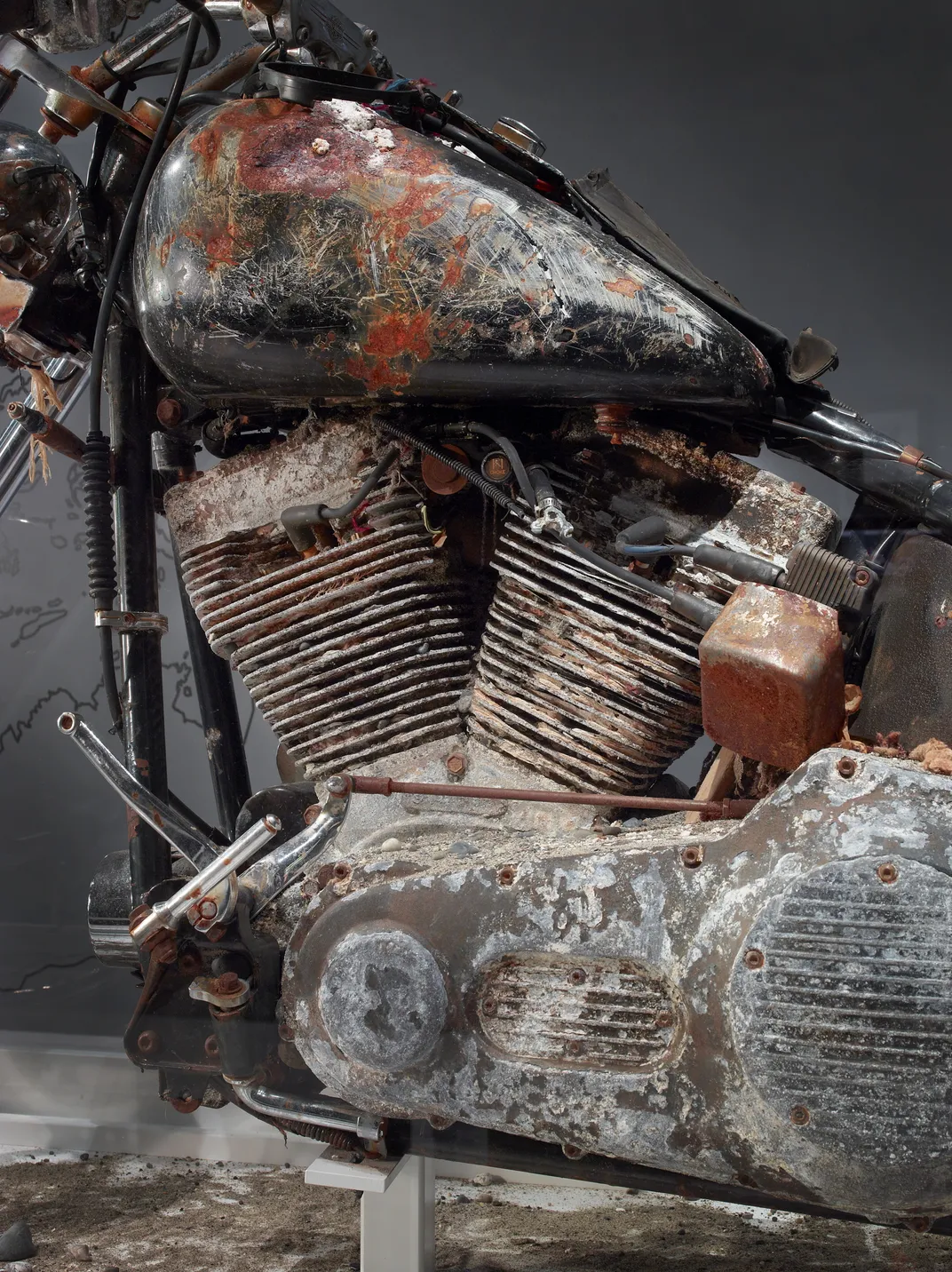
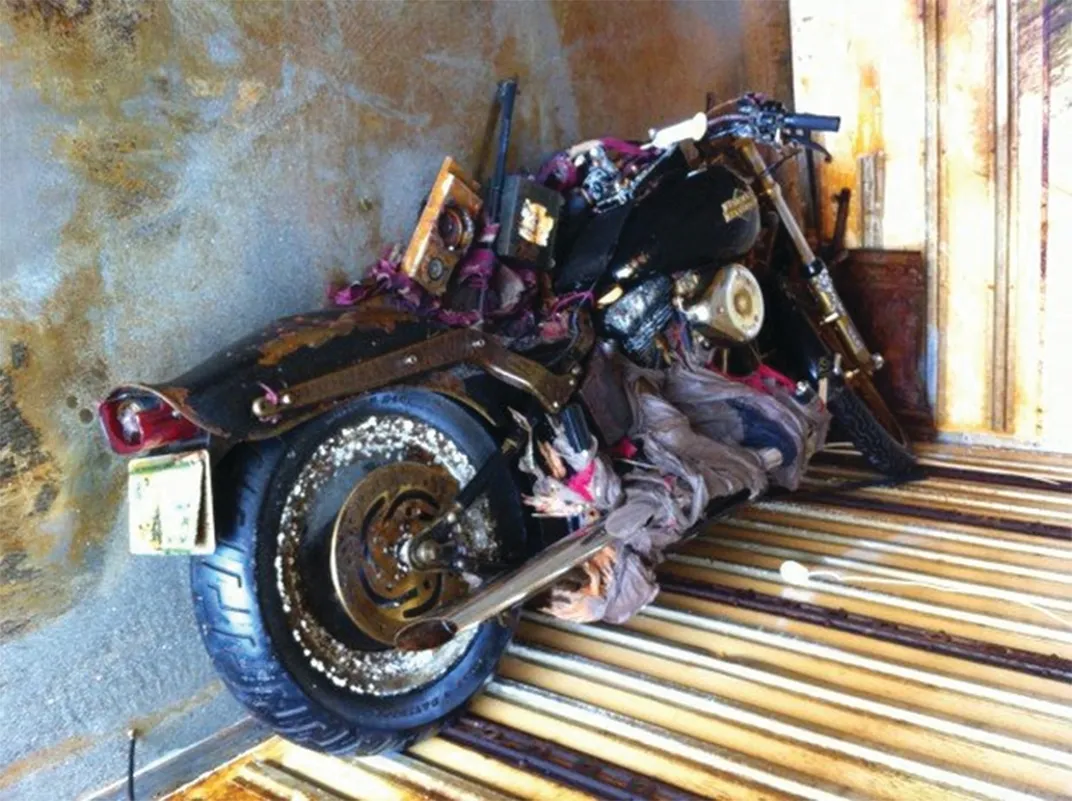

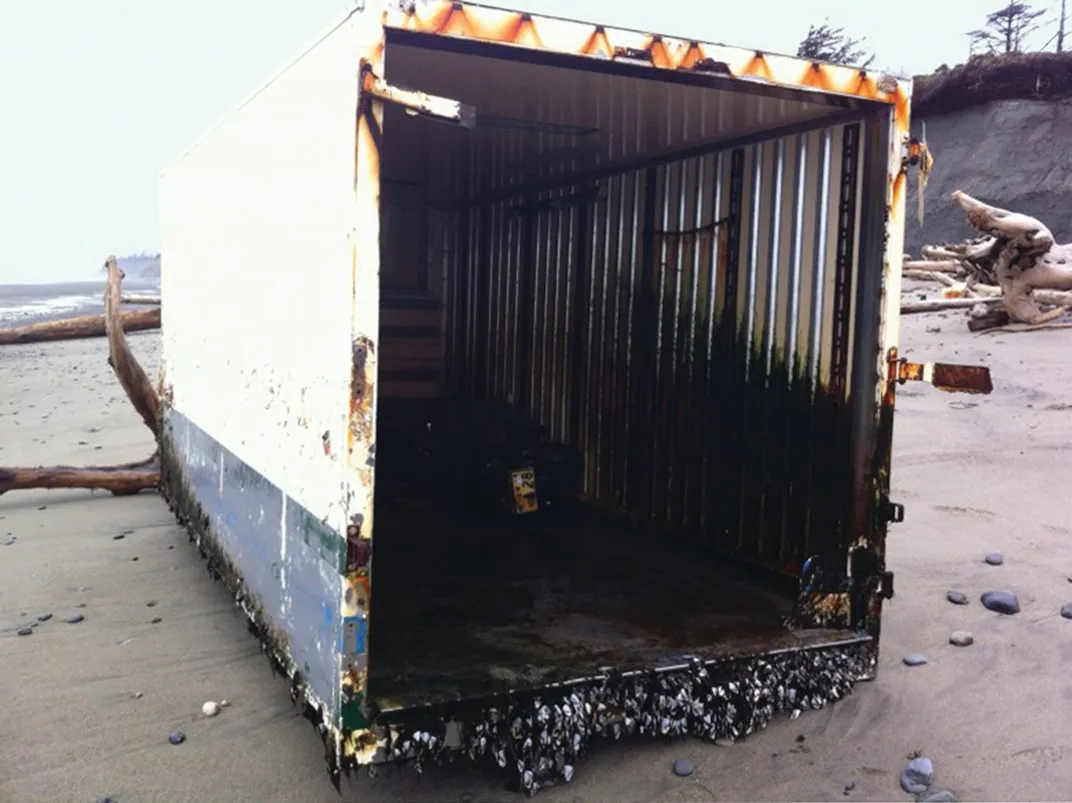
/https://tf-cmsv2-smithsonianmag-media.s3.amazonaws.com/accounts/headshot/JenniferBillock.png)